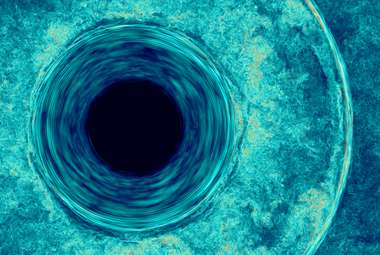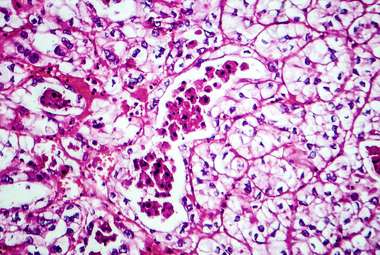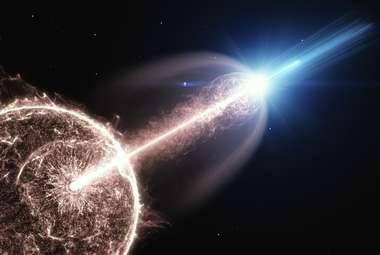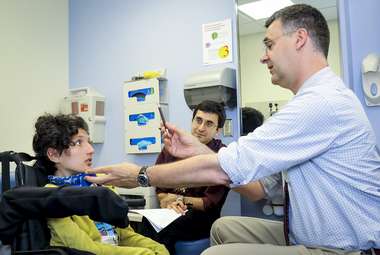Zack Fishman
Reporter, Life Sciences and Physical Sciences
@ZBFishmanZack Fishman, based in Chicago, covers Life Sciences and Physical Sciences for The Academic Times. Previously, Zack received his M.S. in journalism at Northwestern University, specializing in health, environment and science reporting, and his B.S. in engineering physics at the University of Illinois at Urbana-Champaign.
 Some astrophysicists theorize that, by fusing their contents in a certain way and ending their lives in "faint supernovas," the earliest stars created a large abundance of calcium seen in today's stars — and likely in our bones. But a new study found that the foundation of this explanation is shakier than previously believed.
Some astrophysicists theorize that, by fusing their contents in a certain way and ending their lives in "faint supernovas," the earliest stars created a large abundance of calcium seen in today's stars — and likely in our bones. But a new study found that the foundation of this explanation is shakier than previously believed. Renal cell carcinoma, the most common form of kidney cancer, manifests and reacts to treatment differently based on the subtype of kidney cell that is cancerous. According to an unprecedented analysis published Monday, these subtypes, their behavior and their differences could facilitate a more informed and precise development of treatments.
Renal cell carcinoma, the most common form of kidney cancer, manifests and reacts to treatment differently based on the subtype of kidney cell that is cancerous. According to an unprecedented analysis published Monday, these subtypes, their behavior and their differences could facilitate a more informed and precise development of treatments. German and Danish physicists used an electric field to control the single atomic bond between a specialized microscope and a one-atom-thick layer of graphene. The newly realized approach, accomplished by changing the voltage across the bond, allowed the researchers to pick up and drop the graphene with the microscope like a crane.
German and Danish physicists used an electric field to control the single atomic bond between a specialized microscope and a one-atom-thick layer of graphene. The newly realized approach, accomplished by changing the voltage across the bond, allowed the researchers to pick up and drop the graphene with the microscope like a crane. In 2019, astronomers detected one of the most energetically extreme cosmological events ever observed: a faraway exploding star that produced jets of radiation in a gamma-ray burst. A new analysis of the event has raised questions about prevailing theories on gamma-ray bursts and other violent occurrences in the universe.
In 2019, astronomers detected one of the most energetically extreme cosmological events ever observed: a faraway exploding star that produced jets of radiation in a gamma-ray burst. A new analysis of the event has raised questions about prevailing theories on gamma-ray bursts and other violent occurrences in the universe. The most comprehensive analysis of biodegradable plastics yet found that they fully break down in a wide range of marine environments at anywhere between roughly six months and 20 years, confirming that the plastics perform as intended but also demonstrating a wide difference in decomposition speeds.
The most comprehensive analysis of biodegradable plastics yet found that they fully break down in a wide range of marine environments at anywhere between roughly six months and 20 years, confirming that the plastics perform as intended but also demonstrating a wide difference in decomposition speeds.




